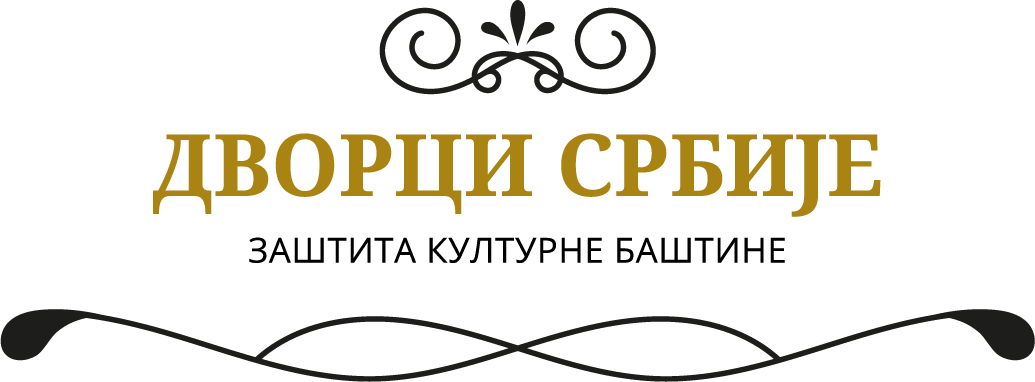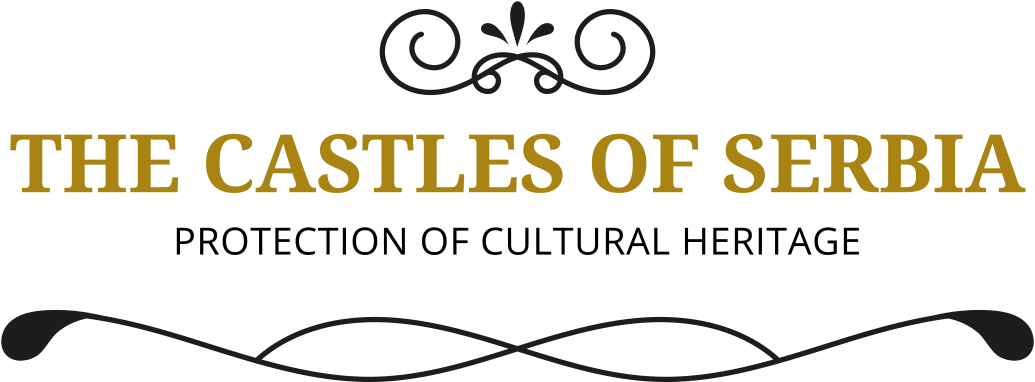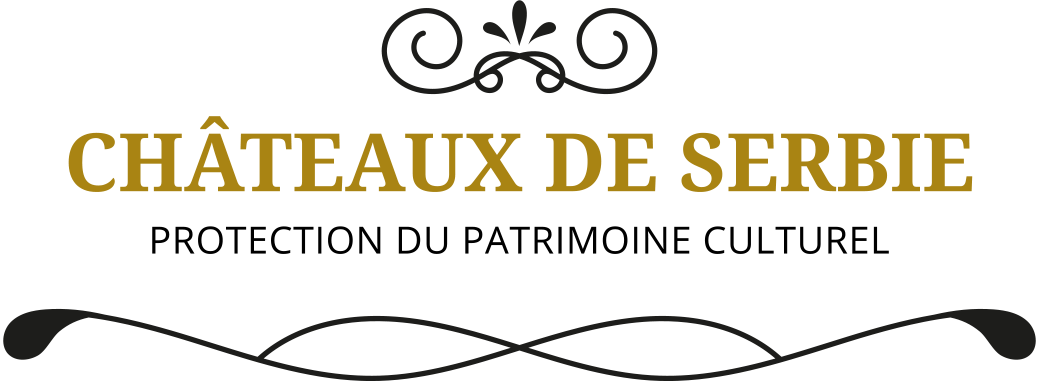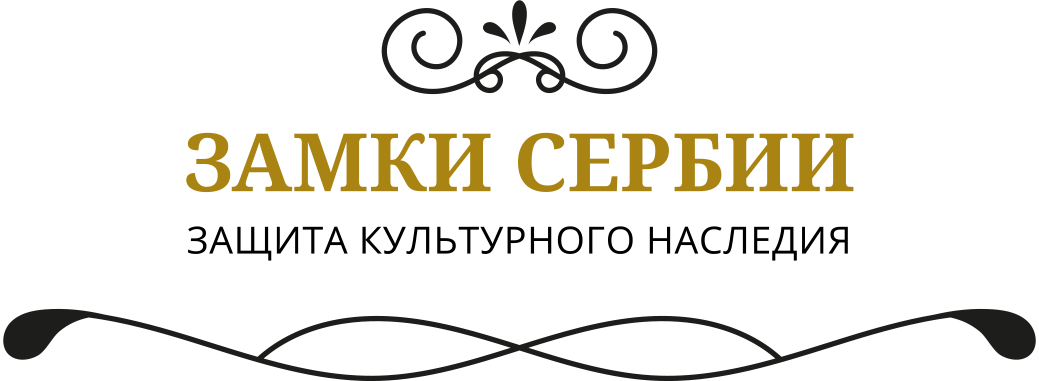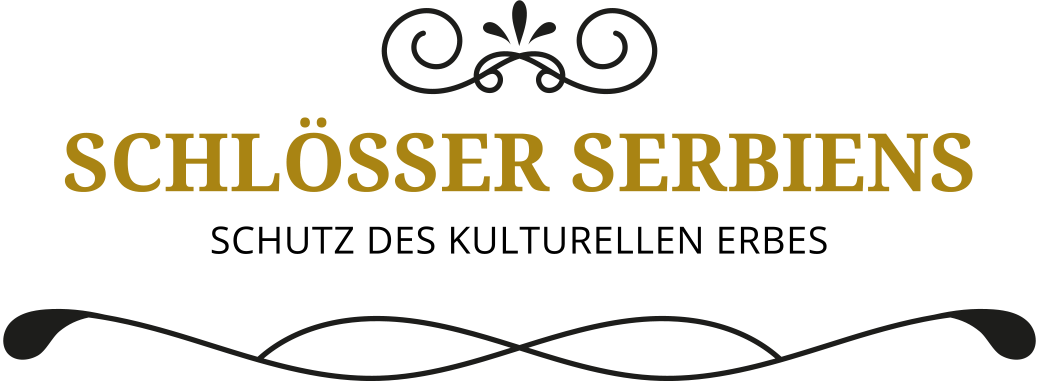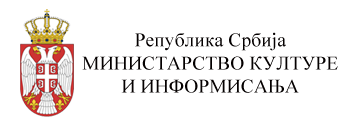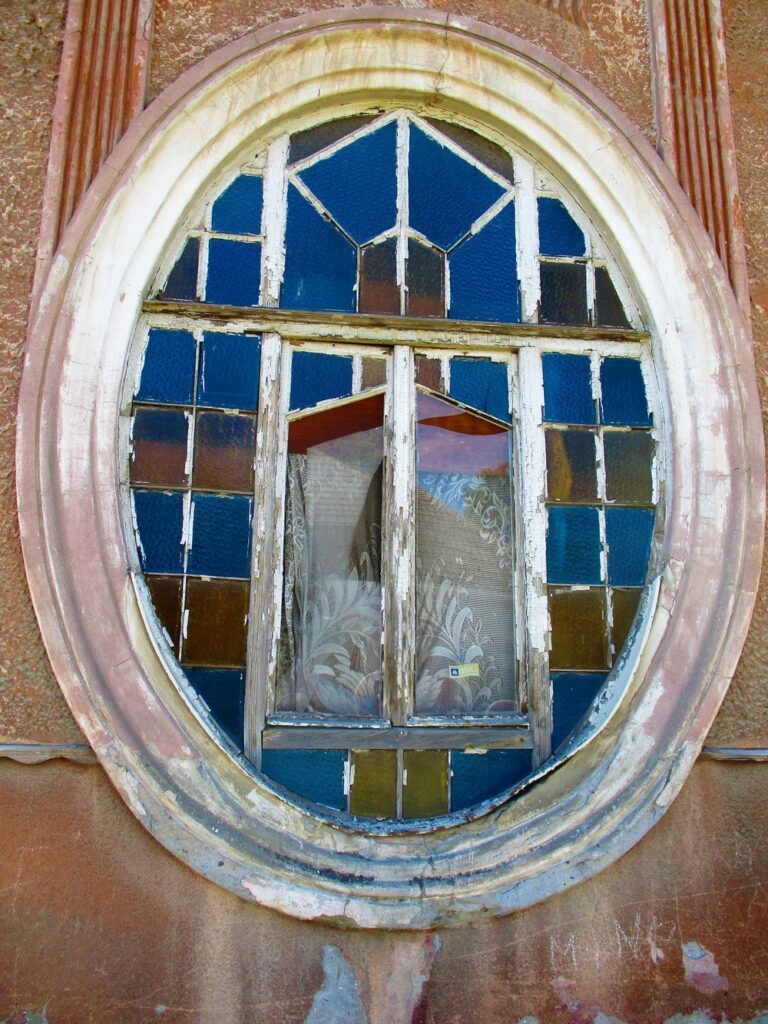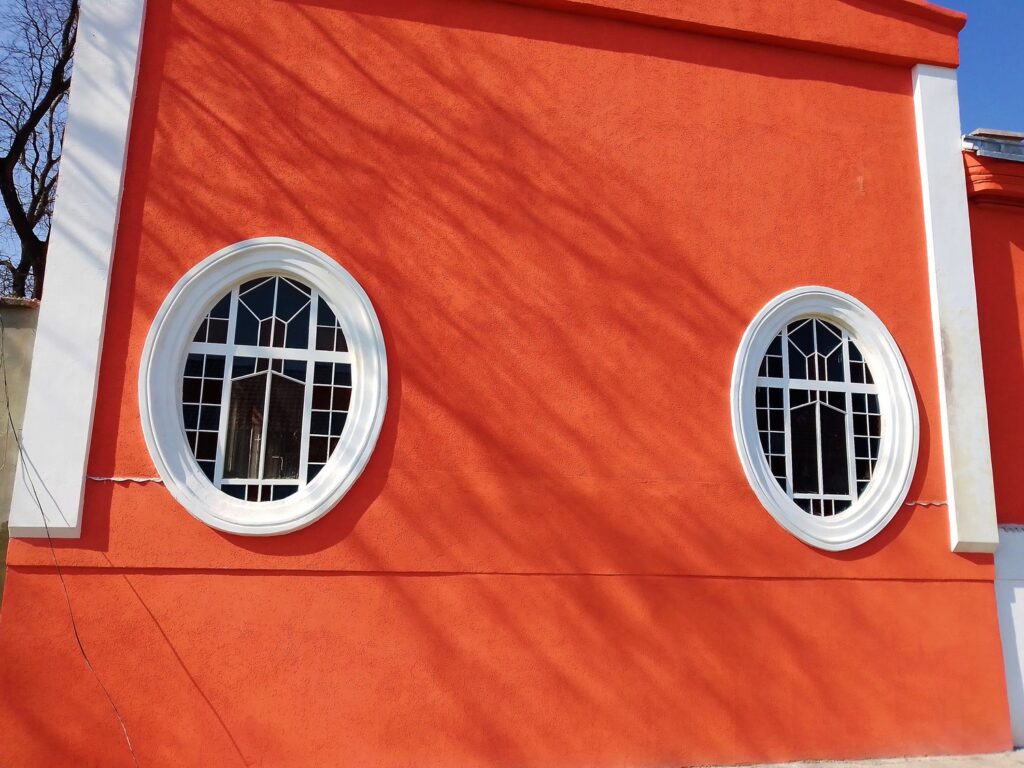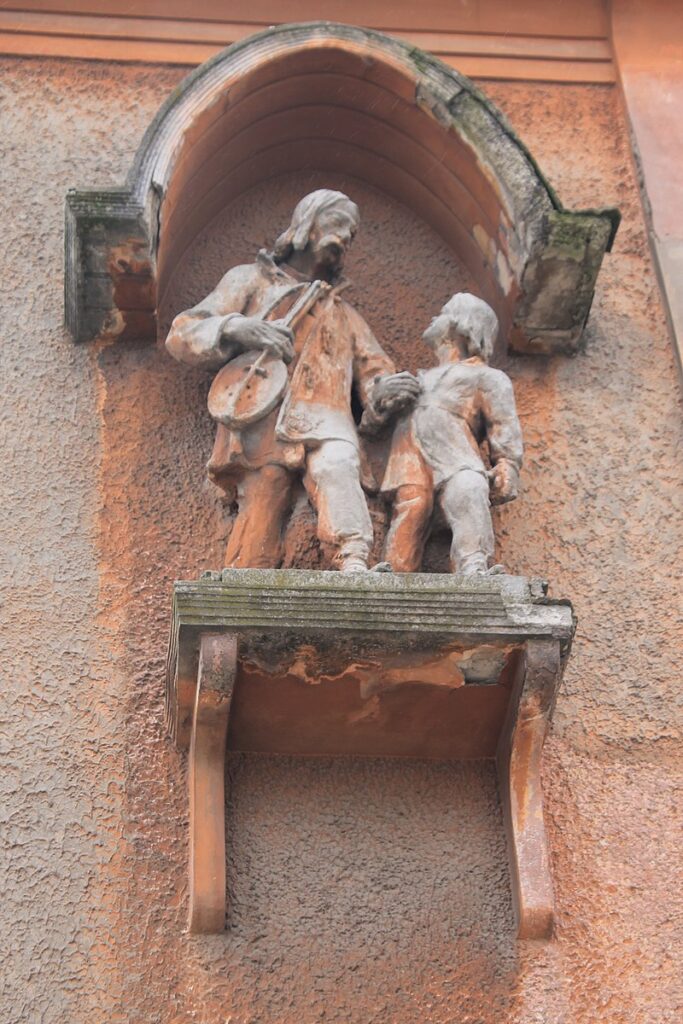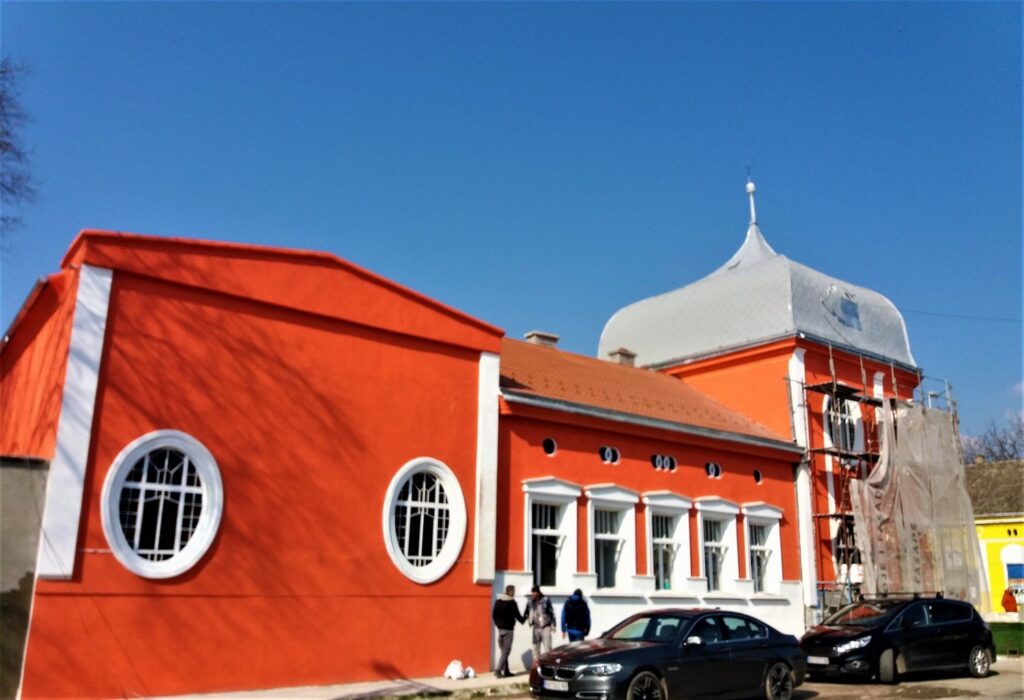Castles Of Serbia
Croatian home
Ruma
Perhaps the most beautiful, and certainly the most intriguing building in Ruma, and definitely the one that is the pride and dignity of the people of Ruma in the architectural sense, is the building of the Croatian Home, erected in 1912 in the midst of national fervour and Art Nouveau style. Many call this building of unusual beauty “a Ruma jewel of blurred splendour”, because it has become more and more ruined every year. The very idea of founding this building came from a group of Ruma citizens gathered in the organization “Croatian Falcon”, in 1905. As it was a physical exercise organization, as it sprang up all over the Slavic world in those years, the Croats from Ruma wanted to gather all their sports sections under the same roof and “exercise”. Also, this building was to serve as a resistance to the Germanization and Hungarianization of Croats. The building was erected with the voluntary contributions of citizens from Ruma, but also Croats from all over Croatia and Slavonia.
In 1909, 4 years after the Ruma citizens’ initiative, the Royal Court Table (Tabula Iudiciaria) in Osijek concluded that the heirs of Counts Pejačević from Ruma should sell property at that location, as part of the “accessory insert of the Nobles Committee of Ruma to a group of buyers”. In February 1910, the citizens took possession of the plot, so construction could begin. As early as 1912, the building was completed. They say that the Croats deliberately chose a location in the “Swabian area” in order to avoid the ghettoization of Ruma into Serbian, Croatian and Swabian parts. Some other sources bring up the desire of the Croats to Croatise the Germans, which is a process that accelerated in the Kingdom of Croatia-Slavonia after the Croatian-Hungarian settlement and which was especially strong in Syrmia and Slavonia, where there were conflicts between Croats and Germans within the Catholic churches.
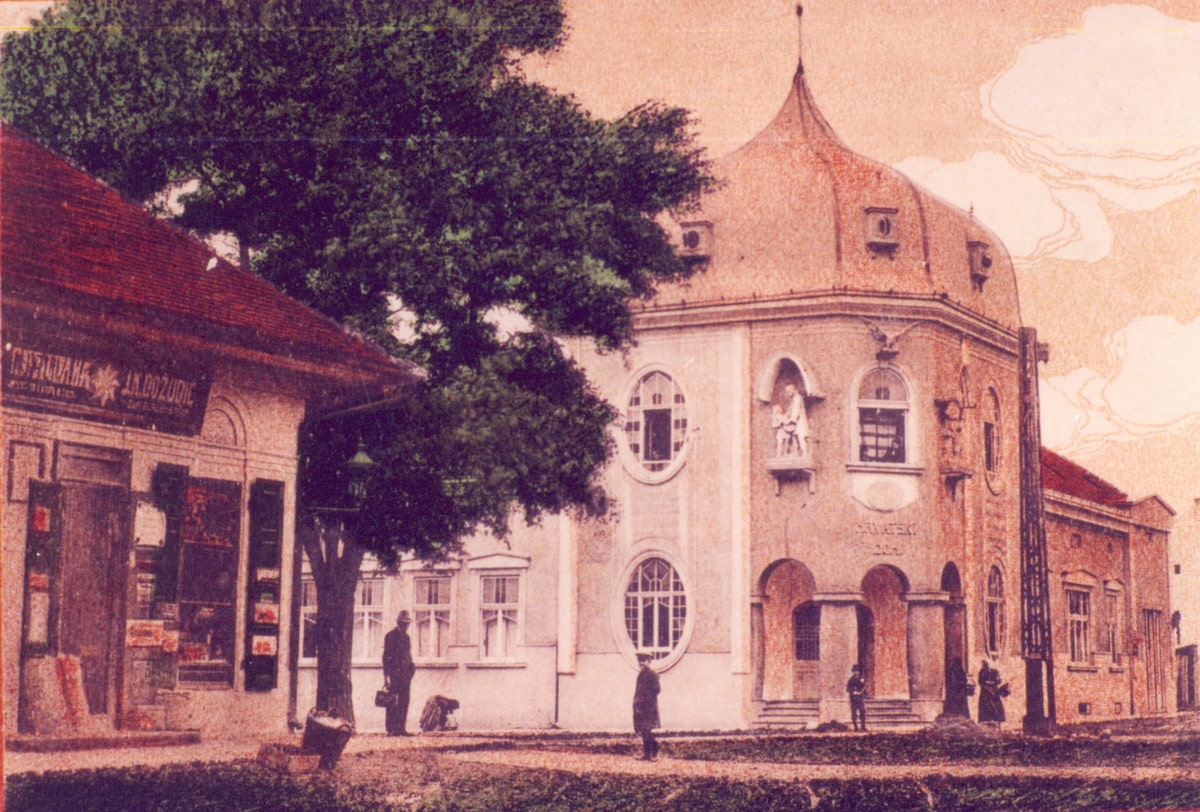

However, the Municipality of Ruma became the owner of the building in 2020 by buying the building for 40 million dinars in five annual instalments and is preparing a thorough reconstruction of the Croatian Home. The plan is to restore the exterior, facade, sculptures on the facade and stained glass with windows in the first phase, and to renovate the interior in the next phase, so that in a few years the building will be handed over to one of the city’s cultural institutions, similar to Eđšeg Castle in Novi Sad. Reconstruction begins in 2021 with a year delay, which is conditioned by the coronavirus pandemic and lockdown, which postponed the start of works from 2020. The entire project has been done and the funds in the municipal budget have been allocated for 2021.
The facility is not open to visitors!
In the meantime, during the first part of 2022, work began on the renovation of the Croatian Home, and it received the original, recognisable red-orange colour, which it has proudly worn since its founding. The façade has been thoroughly renovated, as has the interior of the Home.
This project was supported by the Ministry of Culture and Information of the Republic of Serbia.
